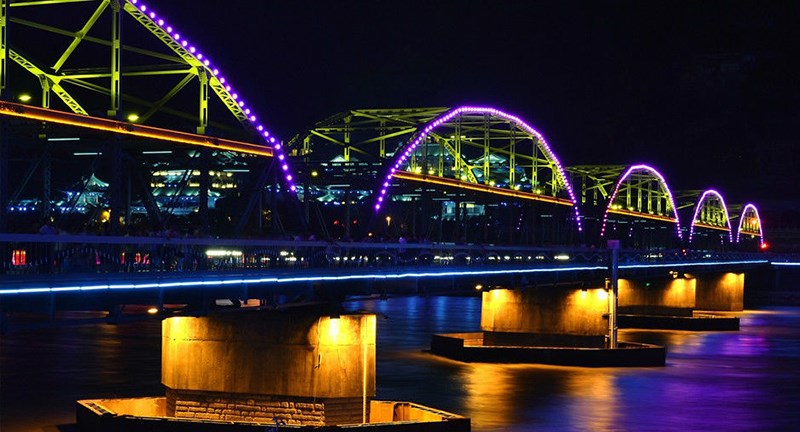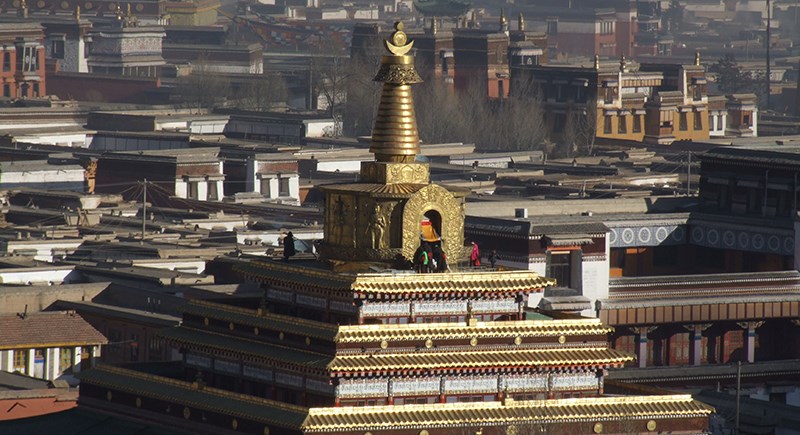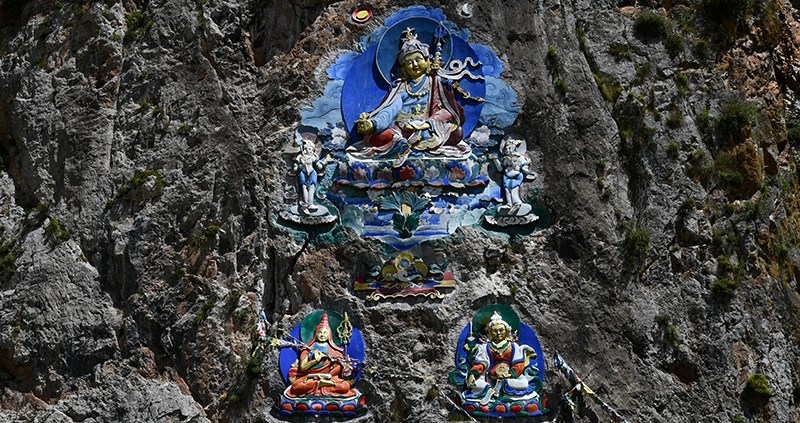INFOS & SERVICIOS
NUESTROS OTROS SITIOS WEB
Arrive in Lanzhou
Welcome in Lanzhou - the capital of Gansu Province

Lanzhou – Bingling Si – Xiahe
Grottos of Bingling Temple – a historical treasure of Buddhism

Xiahe – Tongren
Labrang monastery

Tongren – Xining
Grand Dongguan Mosque, Kumbum Monastery, Sun-and-Moon mountain, Koko Nor Lake

Koko Nor – Huashixia - Madoi
Huashixia, Amnye Machen

Madoi – Yushu (Jyekundo)
Yellow River, Xiewu Monastery, Saibadan

Yushu (Jyekundo) – Shiqu
Dongkar monastery, Wencheng princess monastery, Bage Mani Wall

Shiqu – Dzochen – Manigango – Yilhun Lhatso – Dege
Dzochen monastery, Yilhun Lhatso Lake (Xinlu Hai), rock sculpture frescoes in Keluodong village

Dege - Pelyul
Dege Printing House, Dege Gonchen. Pelyul Monastery

Pelyul – Yarchen Gar - Garze
Yarchen Gar (Yaqing Si). Han-Chinese Monastery

Garze – Luhuo – Dawu – Bamei – Tagong
Debate in Garze Monastery, Kasa Lake, Lhagang Monastery, sunset of Yala Mountain

Tagong - Danba - Siguniang Shan Town
Sunrise of Yala Mountain, Gyergo Nunnery, Jiaju village, Wori Tusi Manor, sunset of Siguniang Shan Mountain

Siguniang Shan Town - Wolong – Chengdu
Sunrise of Mt. Siguniang Shan, Shuangqiao Valley, Panda in Wolong

Leave Chengdu
Enjoy Chengdu leisurely daily life, Kuanzai Xiangzi, drink tea in People’s Park

Private travel, great experiences! Please contact us for your tailor-made travel offer.
With individual China Tibet travel, you can decide when, where and how you go on tour by yourself. What's more, you can choose the length of travel and whom you go with.